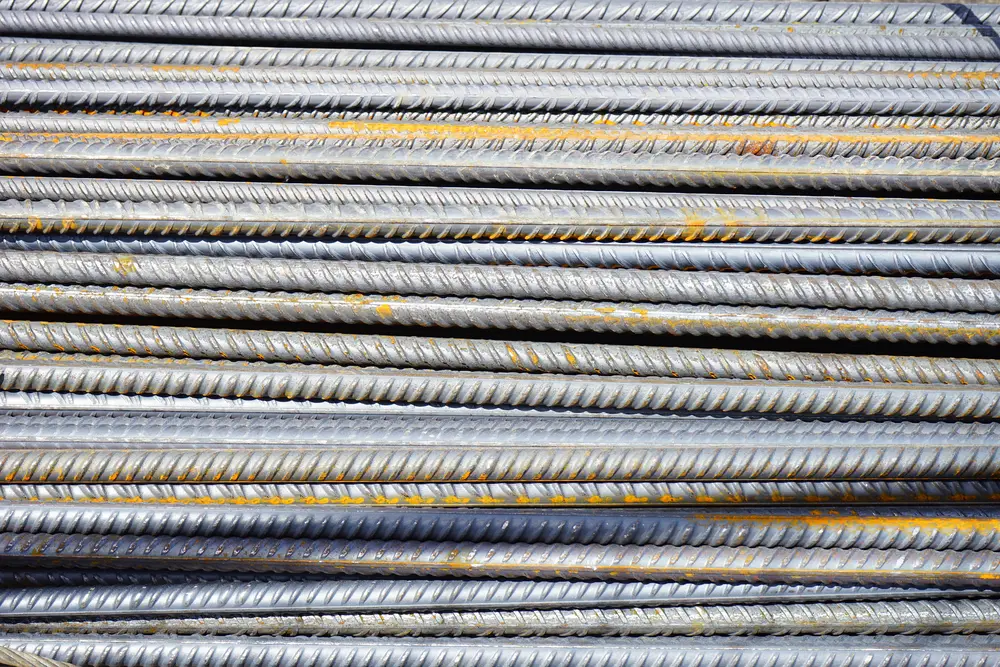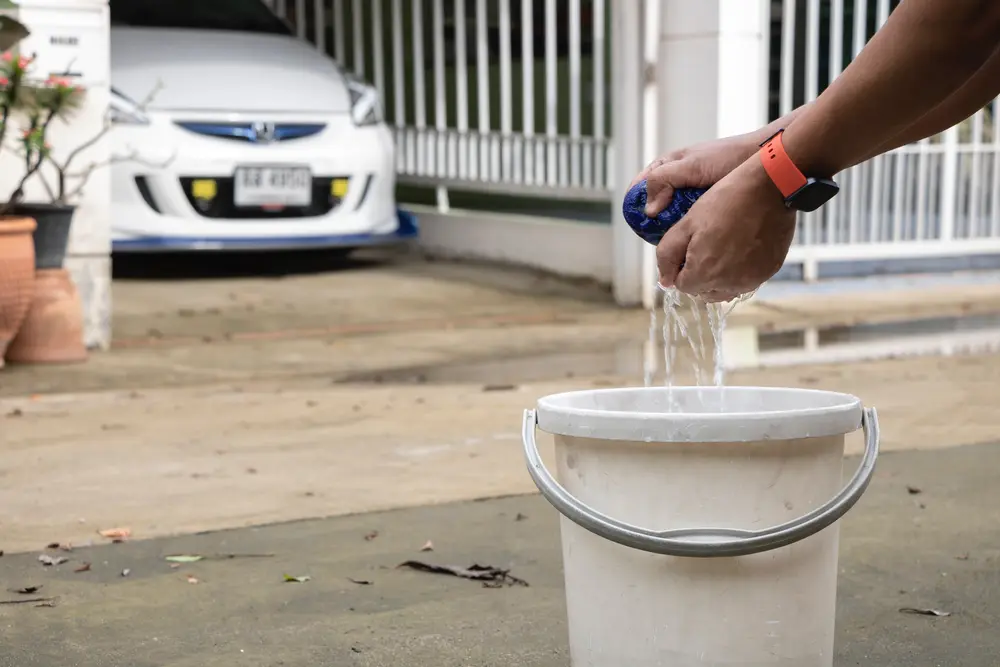| Key Takeaways |
|---|
| Down fill is lighter, more compressible, and more durable than synthetic fill, but it’s also more expensive and less water-resistant. |
| Synthetic fill is cheaper, more hypoallergenic, and more resistant to moisture than down fill, but it’s also heavier, bulkier, and less durable. |
| The best insulation for backpacking pillows depends on your personal preferences, budget, and camping conditions. |
If you’re looking for a comfortable and supportive pillow for your backpacking trips, you might be wondering what type of insulation is best for you. There are two main types of fill for backpacking pillows: down and synthetic. Both have their advantages and disadvantages, depending on your needs and preferences. In this article, we’ll compare down and synthetic fill for backpacking pillows, and help you choose the best one for your camping adventures.
What is Down Fill?
Down fill is the soft and fluffy plumage that lies beneath the feathers of ducks and geese. It’s composed of clusters of fine filaments that trap air and create a natural insulation layer. Down fill is widely used for sleeping bags, jackets, and pillows because of its excellent warmth-to-weight ratio, compressibility, and durability.
Pros of Down Fill
- Lightweight: Down fill is very light compared to synthetic fill, which means you can carry a lighter pillow without sacrificing comfort or warmth.
- Compressible: Down fill can be easily compressed into a small size, which saves space in your backpack. You can also fluff it up to restore its loft when you need it.
- Durable: Down fill can last for years if properly cared for. It doesn’t lose its shape or insulation value over time as much as synthetic fill does.
Cons of Down Fill
- Expensive: Down fill is more expensive than synthetic fill because of its high quality and limited supply. The price of down fill also varies depending on the fill power, which is a measure of how much loft or fluffiness it has per ounce. Higher fill power means higher quality and higher price.
- Less water-resistant: Down fill loses its loft and insulation value when it gets wet, which can happen from rain, humidity, or sweat. It also takes longer to dry than synthetic fill. Some down pillows have water-resistant shells or treatments to prevent this problem, but they’re not completely waterproof.
- Potential allergens: Some people may be allergic to down fill or the dust mites that can live in it. If you have allergies or asthma, you may want to avoid down pillows or use a pillowcase that blocks allergens.
What is Synthetic Fill?
Synthetic fill is a man-made material that mimics the properties of down fill. It’s usually made from polyester fibers that are spun into fine threads and then formed into clusters or sheets. Synthetic fill is also used for sleeping bags, jackets, and pillows because of its lower cost and higher water-resistance.
Pros of Synthetic Fill
- Cheaper: Synthetic fill is cheaper than down fill because it’s easier to produce and more widely available. You can find synthetic pillows in various price ranges and quality levels.
- More water-resistant: Synthetic fill doesn’t absorb water as much as down fill does, which means it retains its loft and insulation value better when wet. It also dries faster than down fill. This makes synthetic pillows more suitable for humid or rainy conditions.
- More hypoallergenic: Synthetic fill is less likely to cause allergic reactions than down fill because it doesn’t contain any animal products or dust mites. Synthetic pillows are also easier to wash and sanitize than down pillows.
Cons of Synthetic Fill
- Heavier: Synthetic fill is heavier than down fill for the same amount of warmth and loft. This means you’ll have to carry a heavier pillow in your backpack or sacrifice some comfort or warmth.
- Bulkier: Synthetic fill doesn’t compress as well as down fill does, which means it takes up more space in your backpack. You may have to use a compression sack or strap to reduce its size.
- Less durable: Synthetic fill tends to lose its shape and insulation value over time as the fibers break down or clump together. It also wears out faster than down fill with repeated washing or compression.
How to Choose the Best Insulation for Backpacking Pillows
There’s no definitive answer to which type of insulation is best for backpacking pillows. It depends on your personal preferences, budget, and camping conditions. Here are some factors to consider when choosing between down and synthetic fill:
- Warmth: If you’re camping in cold weather or you’re a cold sleeper, you may want to choose a down pillow for its superior warmth-to-weight ratio. However, if you’re camping in wet weather or you’re a warm sleeper, you may prefer a synthetic pillow for its better water-resistance and breathability.
- Weight: If you’re backpacking long distances or you’re a minimalist, you may want to choose a down pillow for its lighter weight and smaller size. However, if you’re backpacking short distances or you’re not too concerned about weight, you may opt for a synthetic pillow for its lower cost and higher durability.
- Comfort: If you’re looking for a soft and fluffy pillow that conforms to your head and neck, you may want to choose a down pillow for its natural loft and compressibility. However, if you’re looking for a firm and supportive pillow that maintains its shape, you may prefer a synthetic pillow for its consistent loft and resilience.
- Cost: If you’re willing to invest in a high-quality pillow that will last for years, you may want to choose a down pillow for its durability and value. However, if you’re on a tight budget or you don’t use your pillow often, you may opt for a synthetic pillow for its affordability and availability.
Conclusion
Down and synthetic fill are the two main types of insulation for backpacking pillows. Both have their pros and cons, depending on your needs and preferences. Down fill is lighter, more compressible, and more durable than synthetic fill, but it’s also more expensive and less water-resistant. Synthetic fill is cheaper, more hypoallergenic, and more resistant to moisture than down fill, but it’s also heavier, bulkier, and less durable. The best insulation for backpacking pillows depends on your personal preferences, budget, and camping conditions. We hope this article has helped you understand the differences between down and synthetic fill, and how to choose the best one for your backpacking trips. Happy camping!





Use the share button below if you liked it.
It makes me smile, when I see it.